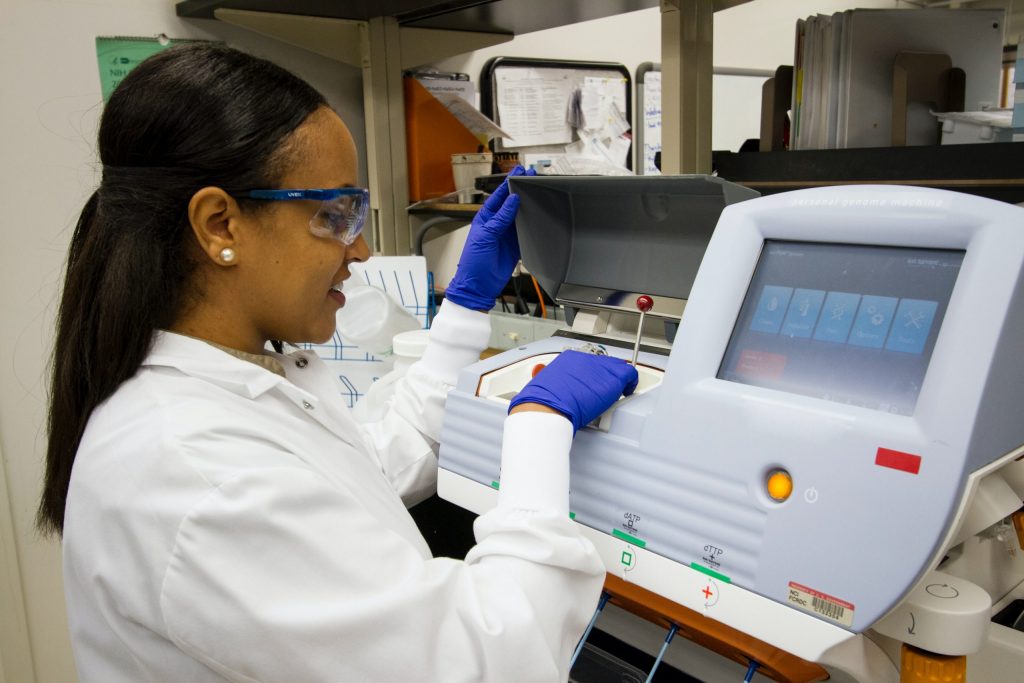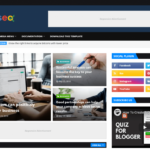What is Epidemiology? The role of epidemiology?
Epidemiology is the study of the spread of disease.What is Epidemiology? The role of epidemiology? How do regulators make decisions on what we’re not allowed to do, like smoking in public places, or driving gas-guzzling, air-polluting cars? And how do health organizations decided what healthy eating recommendations to make?
Like having five servings of fruit and vegetables a day?
These are examples of public health decisions based on epidemiology – the science of understanding. How what we’re exposed to, or what we do, may affect the overall health of society.
But to make sense of epidemiology, we need to dig a little deeper. Let’s start by going back to basics and ask:
How do we work out whether something we do or are exposed to, is harmful; and how harmful is it?
The only reliable way is to use science to develop evidence that shows something is bad for health. But this isn’t as it sounds. One way is to do research on animals, called “in vivo” studies. Or on cells in test tubes and Petri dishes. These are called “in vitro” studies.
But such research can only tell us so much. For example, many substances can affect us differently than they affect animals. So while chocolate is harmful to dogs, and aspirin is toxic to cats, both are safe for humans, when used appropriately.
As for in vitro studies, cells that are isolated in the lab behave differently than cells inside the body. So we have to be very careful applying the results of such studies directly to human health. Of course, the most straightforward approach is to do experiments on real people.
But with a few exceptions, this is highly unethical!!
You can’t go around exposing people to potentially harmful substances, just to see what happens. This leaves us with observing the real-world – measuring what a lot of people are exposed to – and by a lot.
We mean tens and hundreds of thousands of people – and trying to work out what the connections are between these exposures and their health. Studies like this form a big part of epidemiology.
And it is a powerful way to understand how exposures and behaviors potentially affect large groups of people. But it’s also sometimes difficult to make sense of.
To start with, just because someone was exposed to something, and they got sick, doesn’t mean the two events are related. The exposure may not have caused the sickness. For instance, lots of people eat ice-cream
When it’s hot. And lots of people get sunburned when it’s hot. But ice cream clearly does not cause sunburn. These events are instead correlated, meaning that they often happen together.
But they’re not causative, meaning that eating ice cream doesn’t directly cause sunburn. And while this example is pretty obvious, making sense of epidemiology data is often really hard! And care needs to be taken that we don’t jump to the wrong conclusions.
When examining relationships between exposures and health outcomes, there are a number of reasons why we might see an association.
These include an actual cause; pure chance; bias; and what epidemiologists call “confounding” other things interfering with what we observe. Bias can come about because of errors in how a study is designed.
For example, if we observe only people who eat a lot of ice cream, and live in really hot sunny areas, and don’t include anyone else who doesn’t eat so much, or lives elsewhere,
The association between ice-cream eating and getting sunburned, will seem very strong.
In other words, the result will be misleading; there will be a bias toward a particular – and in this case, wrong – conclusion.
Confounding on the other hand is where other factors confuse our interpretation of exposure and outcome. For example, imagine a study that suggests people who drink more coffee are more likely to develop heart disease.
I would be tempting to conclude that coffee auses heart disease.But people who drink coffee also tend to smoke.And in this case, smoking is a confounder.
Since it is associated with both drinking coffee and heart disease,it can make it seem that coffee causes the condition, if we don’t take smoking into account.
In real life, there are many confounders – some more obvious than others. Because of this, epidemiological investigations take quite a bit of detective work to figure
out what exposures really lead to the health outcomes, and which ones only appear to. To tease out what is relevant, and what is not, epidemiologists use statistics.
One standard practice in analyzing data is to look at the probability, or “p” value, to determine if the findings are likely to be true, or are simply due to chance.
The lower the p-value, the more likely it is that the results of the study represent reality, and did not just happen because of chance or random variation.
in this blog we Showing what is and?The role of epidemiology? Usually epidemiologists consider a p-value of 0.05 or lower as indicating that the study results are statistically significant; which is just a fancy way of saying that there’s
less than 5% chance of these results being due to random variations.
However, the p-value only helps you get a Sense of whether study outcomes are due to chance or not. It does not help us examine how strong the association is, or how important the health
implications are.And if statistics aren’t done well, even low p-values can be misleading.Consider cancer risk.
The role of Epidemiology work shows that both smoking, and processed and red meat, have a statisticallySignificant association with increased cancer risk – meaning they both have p-values below 0.05. But, while smoking increases your chances of getting cancer by around 20x or 2,000%,
eating red and processed meats increases it by only 20%, or 0.2x.
This is extremely low when you consider allthe other things you’re exposed to that potentially impact your health – especially if the chances of getting cancer aren’t high to start with.And this is why looking at the p-value onits own is not enough.And researchers additionally have to be compelled to take into account however
large of a bearing associate degree exposure has – referred to as”effect size” – not simply whether or not there is seemingly to be a bearing or not.
Lastly, once creating sense of medical specialty studies, it is important to recollect that this science deals with the collective health of thousands and many folks – and not people.
Because we’re all totally different, and live below different conditions, it’s extremely arduous to use broad conclusions from such studies to single people.
But the square measure smart at indicating what whole communities ought to do to remain healthy.And simply to complicate things more, medical specialty studies might not embody folks like you; which means that they’ll be diminished to you than to others.
The bottom line is that it takes tons of work to conduct medical specialty studies well,and it takes tons of labor to interpret them correctly.
Despite these difficulties, medical specialty is crucial to creating public health choices and rising the well-being of individuals – therefore that, on balance.
we have a tendency to all live healthier lives.These choices don’t solely mean higher healthy lifestyle recommendations and programs;
They are also vital for reducing health care bills, and increasing productivity over tens of many folks
Which is why, although it’s difficult, epidemiology is therefore vital.in this blog we Showing what is and? The role of epidemiology?


